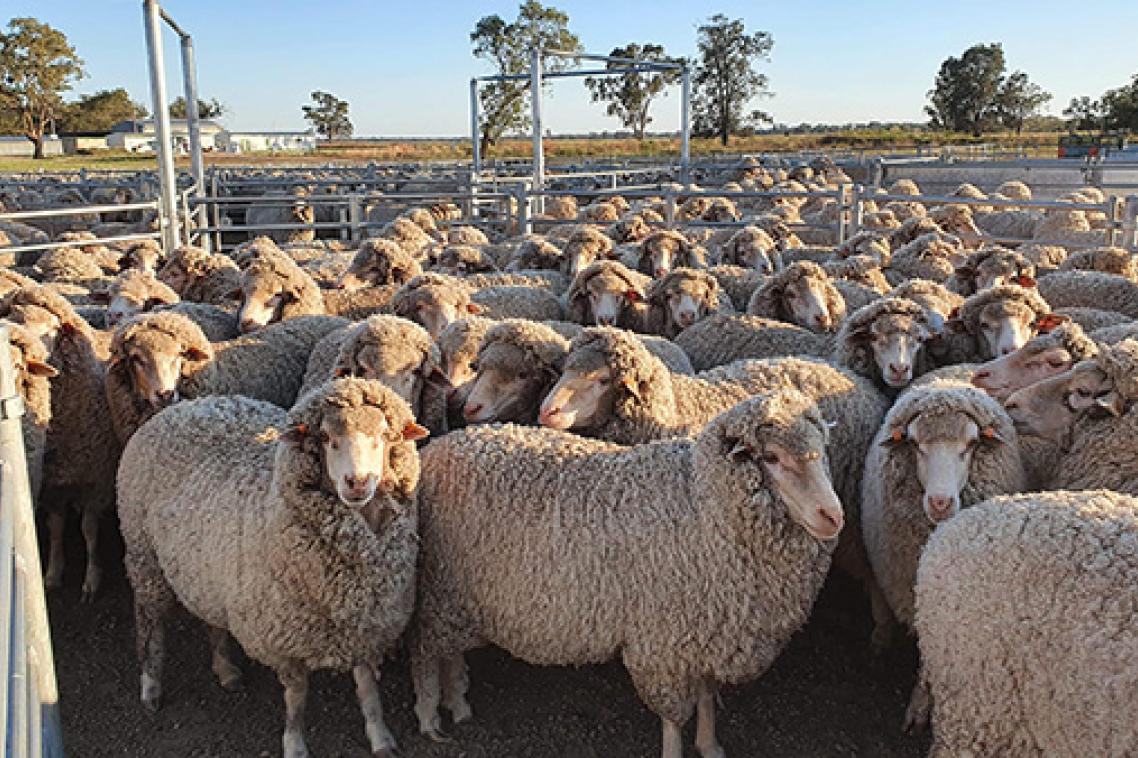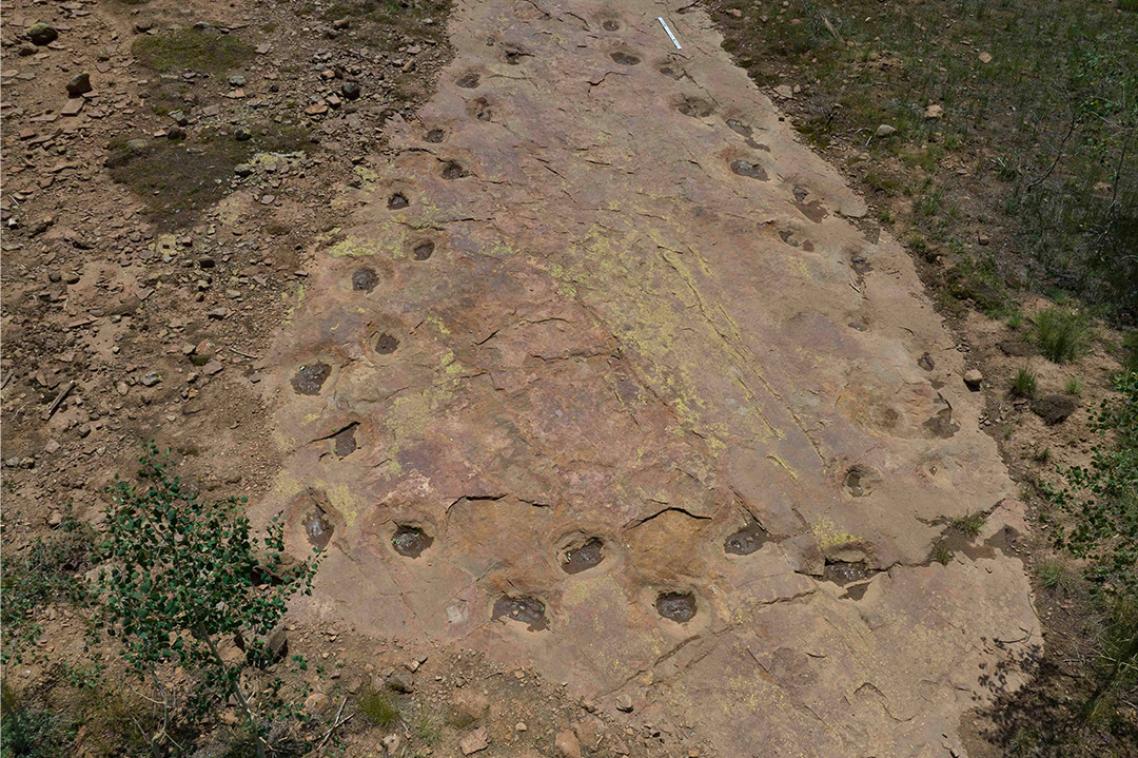More frequently sheared sheep are happier mothers

More frequently sheared pregnant sheep are more active, have lower stress levels and produce lambs with finer wool, according to University of Queensland research.
Dr Edward Narayan from UQ’s School of Agriculture and Food Science and the Queensland Alliance for Agriculture and Food Innovation (QAAFI), said research found merino ewes sheared twice during pregnancy, rather than the industry standard of once, fared significantly better.
“There’s been anecdotal evidence that shearing ewes early in their pregnancy resulted in higher wool productivity, but we wanted to see how it affected the animal,” Dr Narayan said.
“While shearing is an acutely stressful activity for the animal, our study reveals that it significantly reduces the ewe’s long-term stress.
“The evidence was in the wool itself.”
Stress hormones present in wool samples were analysed at UQ’s Stress Lab for Comparative Physiology and Endocrinology and used to calculate and compare animal stress over time.
“Cortisol is a major stress hormone and prolonged stress is known to negatively influence growth, development and reduce body mass,” Dr Narayan said.
“The hormone is incorporated into the wool through the blood vessels at a slow pace, and this reflects the stress that the sheep goes through on a farm.
“Testing long-term changes in cortisol in sheep is much easier and less invasive than collecting blood or faeces.
“After analysing our samples it was immediately clear that pregnant ewes sheared twice had significantly lower cortisol levels in their wool over time.
“It’s a great result, and farmers should take note that reducing the amount of cortisol in their sheep means reduced instances of a suppressed immune function, reproductive failure, emaciation and poor quality production output, such as dark-cutting meat or reduced wool quality.”
High tech tracking and wool micron analysis also revealed that the strategy resulted in more active sheep and lambs with higher quality wool.
“We were lucky enough to use collared smart tag technology to track the activity of the sheep,” Dr Narayan said.
“This revealed much more active animals, grazing and socialising much more than the control group.
“And by analysing wool microns of these ewe’s lambs, we found that they had finer wool microns and better quality comfort scores – their wool was simply more valuable.
“This is a win-win for farmers and sheep, and we’re hoping that this practice will become standard across the industry.”
This research was funded by Australian Wool Innovation and is published in an industry report available in the UQ library e-space.
Media: Dr Edward Narayan, e.narayan@uq.edu.au, +61 401 697 287; Dominic Jarvis, dominic.jarvis@uq.edu.au, +61 413 334 924.
Related articles

Looping long-necked dinosaur site reveals its secrets

Unlocking the sublime in native Australian citrus
Media contact
UQ Communications
communications@uq.edu.au
+61 429 056 139
